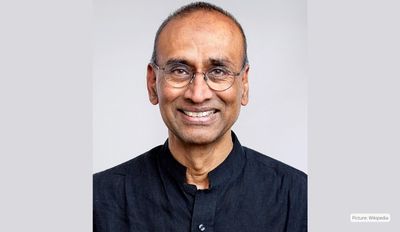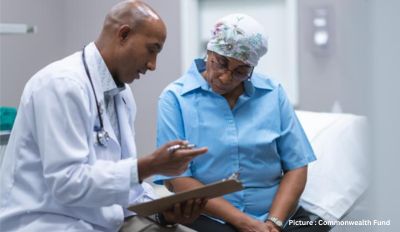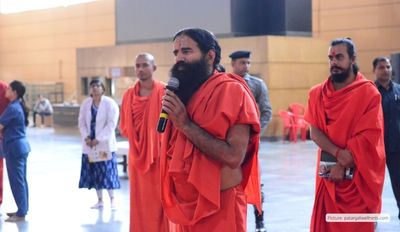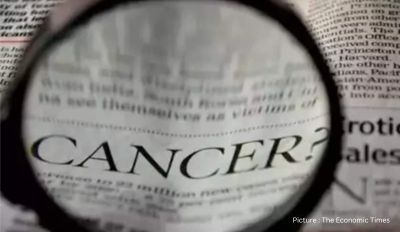A unique “double mutant” coronavirus variant — with a combination of mutations not seen anywhere else in the world — has been found in India, the Health Ministry of India has reported. However, it is still to be established if this has any role to play in increased infectivity or in making COVID-19 more severe.
India is seeing a substantial number of coronavirus variants. But it is unclear whether these are contributing to a new surge in cases there.
On Wednesday, India reported 47,262 new cases, the highest jump since November. Coronavirus-related fatalities are also increasing with 275 deaths reported on Wednesday, the most India has seen this year.
Several virus variants have appeared in thousands of samples collected across Indian states. Some of the samples have contained viruses with two concerning mutations, one first identified in the U.K. and another in South Africa.
Genome sequencing of a section of virus samples by a consortium of 10 labs across the country, called the Indian SARS-CoV-2 Consortium on Genomics (INSACOG), revealed the presence of two mutations, E484Q and L452R together, in at least 200 virus samples from Maharashtra, as well as a handful in Delhi, Punjab and Gujarat.
Mutations in the virus per se are not surprising but specific mutations that help the virus evolve to thwart vaccines or the immune system, or are linked to a spike in cases or in disease severity, are of interest. While the two mutations have been individually identified in other variants of SARS-CoV-2 globally, and have been associated with a reduction in vaccine efficacy as well as infectivity, their combined effect and biological implication has not yet been understood. In the days ahead, the INSACOG will submit details of this variant to a global repository called GISAID and, if it merits, classify it as a “Variant of Concern” (VOC).
India has not yet conducted studies on how vaccine efficacy is influenced by variants, except for limited laboratory trials, but international studies have shown reduced efficacy of vaccines — particularly those by Pfizer, Moderna and Novavax — to certain variants. However, the vaccines continue to be significantly protective in spite of this.
So far, only three global VOCs have been identified: the U.K. variant (B.1.1.7), the South African (B.1.351) and the Brazilian (P.1) lineage. So far, of 10,787 samples from international passengers, 771 instances of these VOCs have been identified in 18 States of the country. After the new double variant has been submitted to GISAID, it will be categorised under a formal lineage, and will have its own name.
The identification of a new variant does not yet imply new public health measures, the Health Ministry said: “It would require the same epidemiological and public health response of increased testing, comprehensive tracking of close contacts, prompt isolation of positive cases & contacts as well as treatment as per National Treatment Protocol” by the States/UTs.
Separately, genome variation studies from Kerala have revealed the presence of other mutations associated with the ability to help the coronavirus evade neutralising antibodies.
“The N440K mutation that is associated with immune escape has been found in 123 samples from 11 districts. This was earlier found in 33% of samples from Andhra Pradesh, and in 53 of 104 samples from Telangana. This has also been reported from 16 other countries, including the U.K., Denmark, Singapore, Japan and Australia. As of now, these can at best be said to be variants under investigation,” noted the Ministry.
Anurag Agrawal, Director, Institute of Genomics and Integrative Biology, said: “Presence of a VOC or suspected VOC does not automatically mean that they are causing the outbreak, but rather suggests caution and implementation of public health measures for containment. This must of course be paralleled with investigation into the VOC — known and suspected — in terms of transmissibility, inhibition by antibodies of recovered people, and inhibition by antibodies of vaccinated people. Doing this together will help formulate the best health policy.”
The INSACOG was to genome sequence about 5% of the positive samples from all States but has so far managed about 1%. This, as The Hindu has previously reported, was due to restrictions on reagents and a paucity of samples sent from the States to the sequencing centers.










